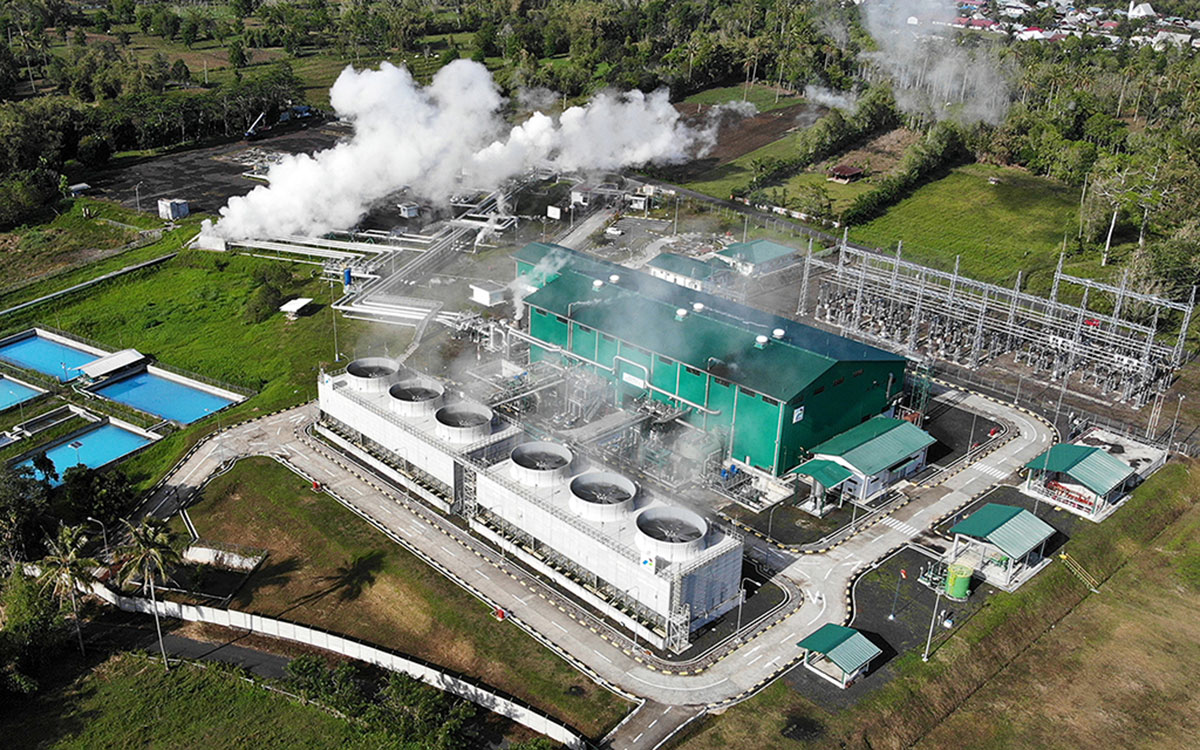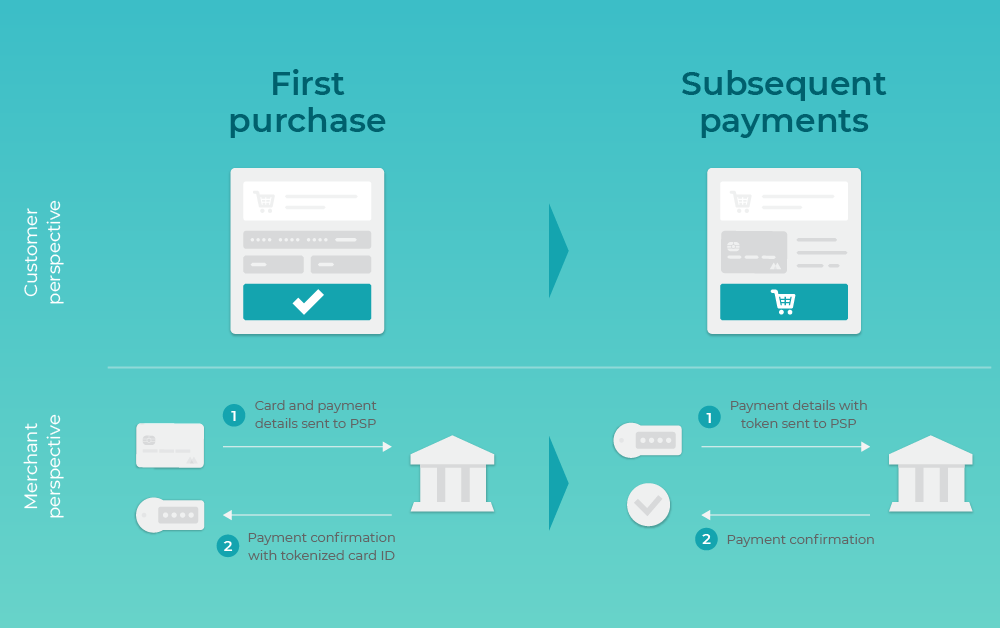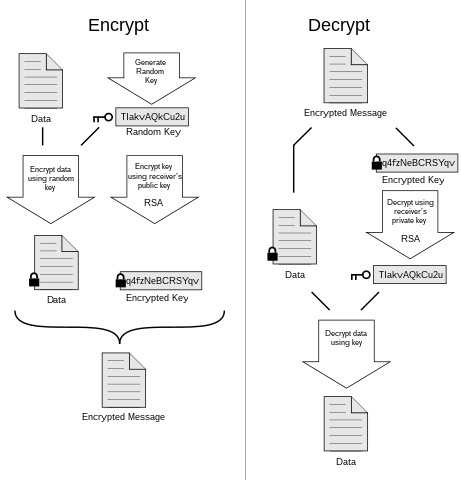Revolutionizing the Construction Industry with Green Technology
Introduction to Green Construction Technology
In today’s rapidly evolving world, the construction industry is undergoing a transformation fueled by innovations in green technology. Green construction technology encompasses a diverse range of practices, materials, and techniques designed to minimize environmental impact, improve energy efficiency, and promote sustainability in building design and construction.
Sustainable Building Materials
One of the cornerstones of green construction technology is the use of sustainable building materials. From recycled steel and reclaimed wood to eco-friendly insulation and low-emission paints, builders have a wide array of options to choose from. These materials not only reduce the environmental footprint of construction projects but also contribute to healthier indoor air quality and occupant comfort.
Energy-Efficient Design
Energy-efficient design plays a crucial role in green construction technology, aiming to minimize energy consumption and maximize performance. Strategies such as passive solar design, proper insulation, and high-performance windows help buildings harness natural light and heat, reducing the need for artificial lighting and heating. Additionally, technologies like smart thermostats and energy management systems optimize energy usage and improve building efficiency.
Renewable Energy Integration
Renewable energy integration is a key component of green construction technology, allowing buildings to generate clean energy onsite. Solar panels, wind turbines, and geothermal systems are just a few examples of renewable energy technologies that can be integrated into building design. By harnessing renewable energy sources, buildings can reduce reliance on fossil fuels and contribute to a more sustainable energy future.
Water Conservation Techniques
Water conservation is another critical aspect of green construction technology, particularly in regions prone to drought and water scarcity. Low-flow fixtures, rainwater harvesting systems, and greywater recycling technologies help reduce water usage and minimize wastewater generation. These techniques not only conserve precious water resources but also lower utility costs and promote environmental stewardship.
Waste Reduction and Recycling
Green construction technology prioritizes waste reduction and recycling throughout the building lifecycle. Construction waste management plans, onsite recycling facilities, and salvaging materials for reuse are common practices in sustainable construction projects. By minimizing waste sent to landfills and maximizing material reuse, builders can lower project costs, reduce environmental impact, and demonstrate corporate responsibility.
Green Building Certifications
Green building certifications such as LEED (Leadership in Energy and Environmental Design) and BREEAM (Building Research Establishment Environmental Assessment Method) provide frameworks for assessing and recognizing sustainable building practices. These certifications evaluate various aspects of building design, construction, and operation, including energy efficiency, indoor air quality, and resource conservation. Achieving green building certifications signals a commitment to sustainability and sets buildings apart in the marketplace.
Technological Advancements
Advancements in technology are driving innovation in green construction, offering new tools and solutions to enhance sustainability and efficiency. Building information modeling (BIM), virtual reality (VR), and augmented reality (AR) enable designers and builders to visualize projects, optimize designs, and identify opportunities for improvement. Additionally, drone technology, robotics, and prefabrication techniques streamline construction processes and reduce time and labor costs.
Community Engagement and Education
Community engagement and education are vital components of green construction technology, fostering awareness and support for sustainable building practices. Builders, developers, and policymakers collaborate with local communities to promote green building initiatives, share best practices, and address community concerns. Educational programs, workshops, and outreach efforts educate stakeholders about the benefits of green construction and empower them to make informed decisions.
Future Outlook and Opportunities
Looking ahead, the future of green construction technology is promising, with growing demand for sustainable building solutions and increasing emphasis on environmental responsibility. As technology continues to advance and awareness of climate change intensifies, green construction will play a central role in shaping the built environment of tomorrow. By embracing innovation, collaboration, and sustainable practices, the construction industry can build a greener, healthier, and more resilient future for generations to come.






















